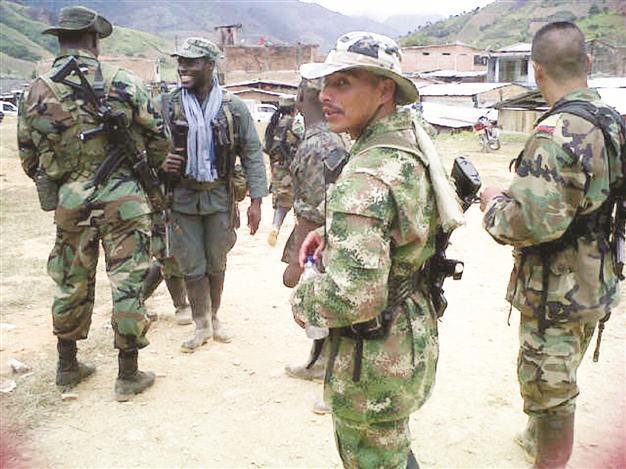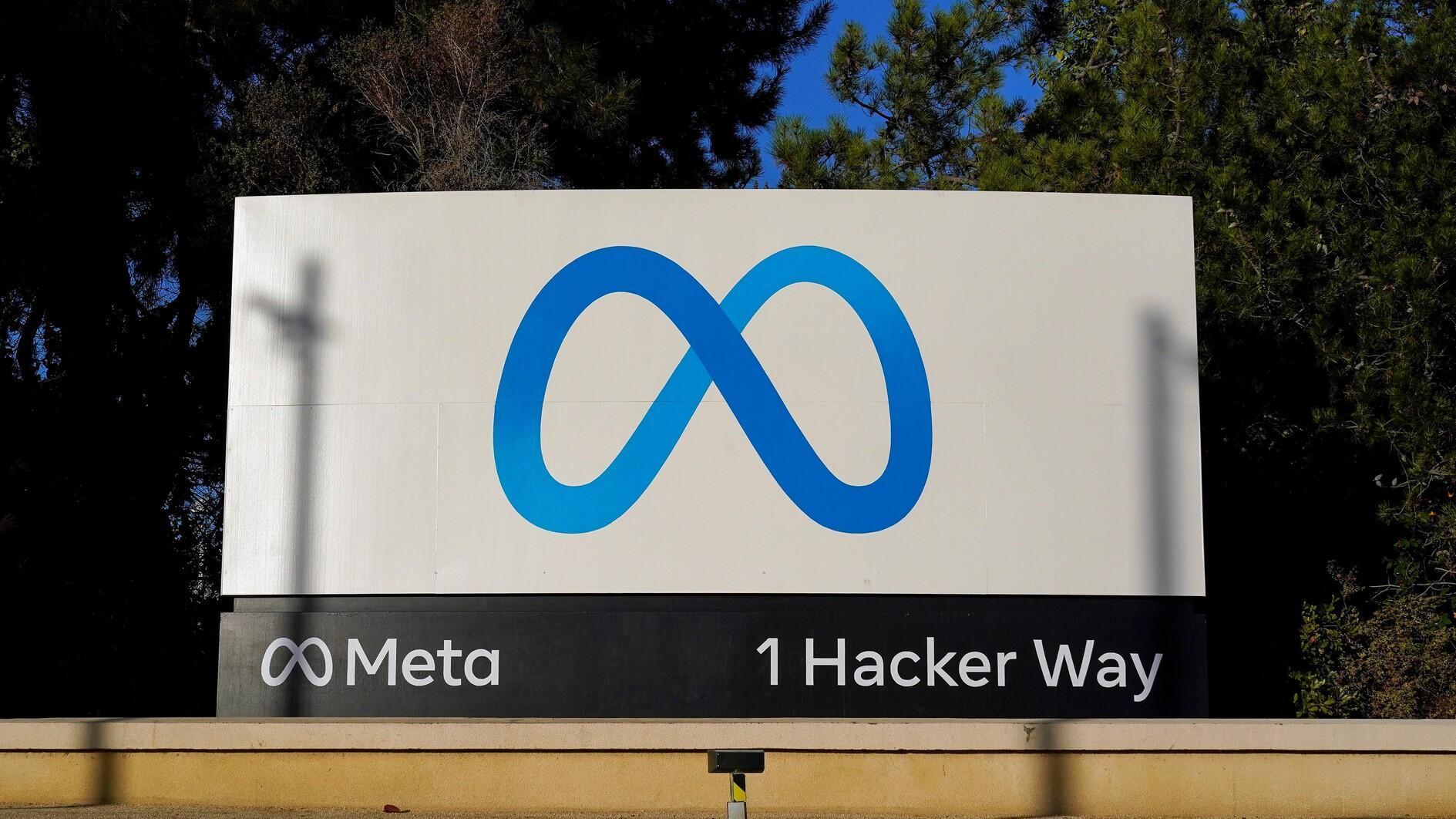Colombian government agrees to hold peace negotiations with
BOGOTA

Revolutionary Armed Forces of Colombia (FARC), which calls itself ‘the people’s army’ defending peasant rights, has battled about a dozen governments since 1964. REUTERS photo
Colombia’s government is seeking peace with the country’s biggest militant group, the FARC, and could consider also holding talks with a second militant movement to end five decades of war, President Juan Manuel Santos has said.In a televised address from the presidential palace on Aug. 27, Santos said his government would learn from the mistakes of so many previous leaders who tried but failed to clinch a lasting ceasefire with the Revolutionary Armed Forces of Colombia (FARC).
“Since the first day of my government I have completed my constitutional obligation to find peace. With that aim, we have had exploratory conversations with the FARC to seek an end to the conflict,” he said, confirming weeks of swirling rumors that his government had started behind-the-scenes discussions.
He added that the military would continue its operations “throughout every centimeter” of Colombia while talks continued.
Talks in Oslo
Santos did not provide further details, but said he would reveal more about the talks in the coming days. Earlier in the day, Colombia’s former Vice President Francisco Santos said the two sides had agreed to open peace talks in the Norwegian capital Oslo on Oct. 5, and then continue the talks in Havana, Cuba.
The FARC, estimated to number about 9,000 militants, suffered major defeats during a decade-long U.S.-backed military buildup from 2000-2010 but have recently stepped up hit-and-run attacks, including sabotage of oil and coal mining installations.
A successful peace agreement with the militants would secure Santos a place in history as the leader who ended a conflict that has killed tens of thousands over the years and left the country’s reputation in tatters. Santos also said the National Liberation Army, known as the ELN, could also be involved in the peace talks.
“Today the ELN has expressed its interest in participating in conversations to put an end to the violence,” the president said in his brief speech. “I tell that group that, within the same framework, they too can be part of the effort to end the conflict.” The ELN said it is willing to hold unconditional peace, but will not end its campaign of kidnappings, bombings and extortion against foreign oil and mining firms before negotiations begin.
Nicolas Rodriguez, leader of the group, said his forces would not declare a ceasefire or turn in their weapons ahead of any peace talks, something Santos had insisted on.
Last effort in 1988
“That possibility doesn’t exist under any circumstance,” Rodriguez said. A Colombian intelligence source told Reuters that as part of the deal to hold talks, Santos had agreed FARC militants would not be extradited to any other country to stand trial. The last peace effort ended in shambles. In 1988 former President Andres Pastrana ceded the FARC a safe haven the size of Switzerland to promote talks.
The militants took advantage of the breathing space to train fighters, build more than 25 airstrips to fly drug shipments, and set up prison camps to hold its hostages.
Pastrana ordered the militants out of their safe haven after the peace talks failed in February 2002, but part of the area remains a rebel stronghold to this day. Santos discussed the peace process during talks in Havana with Venezuelan President Hugo Chavez and Cuba’s former leader Fidel Castro before the Summit of the Americas in Cartagena, Colombia earlier this year, the intelligence source said. News of the talks had already angered Santos’ predecessor, Alvaro Uribe, who has slammed Santos for wanting “peace at any cost” and allowing them to rearm and regroup.
The FARC, which calls itself “the people’s army” defending peasant rights, has battled about a dozen governments since appearing in 1964, when its founder, Manuel Marulanda, and 48 rebels fought off thousands of troops in jungle hideouts.
Timeline of Colombia's FARC fight
- May 27, 1964: The Colombian Armed Forces attack the “Republic of Marquetalia,” a group of rebel farmers. Those who survive go on to set up the “Southern Bloc,” which the pro-Communist FARC see as their founding moment.
- October 11, 1987: Jaime Pardo, presidential candidate of the Patriotic Union (PU), seen as close to the FARC, is murdered by hitmen. Far-right paramilitary groups launch a killing spree in which 3,000 PU leaders are slain.
- June 1, 1991: The FARC start a dialogue with the government, held in Caracas. In March 1992 the talks are moved to Mexico but break off in June that year.
- March 1, 2008: Colombian troops strike a camp inside Ecuador, killing the FARC’s number-two leader Raul Reyes.
- September 23, 2010: Jorge Briceno, the FARC’s military chief, is killed in a Colombian military raid.
- November 4, 2011: Top FARC commander Alfonso Cano is killed in a military strike.
- February 26, 2012: The FARC pledges to stop kidnapping civilians and free remaining police and military hostages.
















